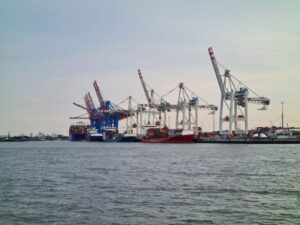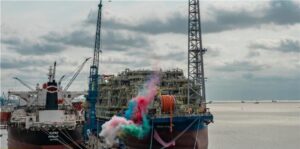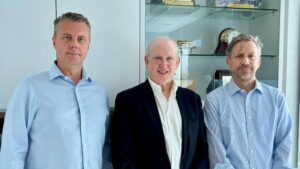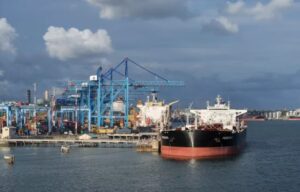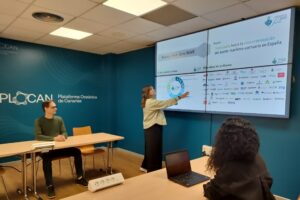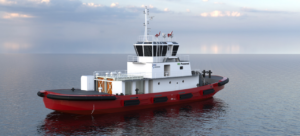In focus: Increase in fossil fuel production threatens global climate goals
Despite all the efforts exerted by the governments and companies around the world to reduce carbon emissions and reach ambitious net-zero targets, the new 2023 Production Gap Report shows that global coal, oil and gas productions are still increasing while planned reductions are nowhere near enough to avoid the worst effects of the climate change.
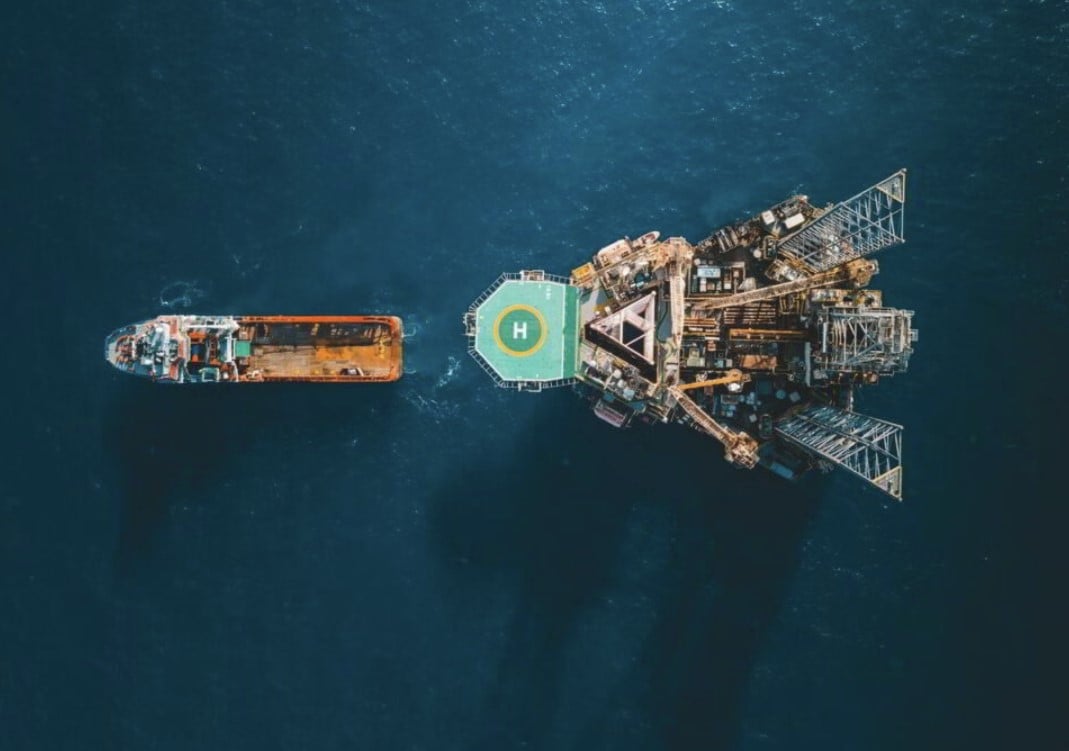
The new Report: ‘Phasing down or phasing up? Top fossil fuel producers plan even more extraction despite climate promises‘ has been produced by Stockholm Environment Institute (SEI), Climate Analytics, E3G, International Institute for Sustainable Development (IISD), and the UN Environment Programme (UNEP).
While assessing governments’ planned and projected production of coal, oil, and gas against global levels consistent with the Paris Agreement’s temperature goal, the report outlines that 20 governments plan to produce around 110% more fossil fuels in 2030 than would be consistent with limiting warming to 1.5°C, and 69% more than would be consistent with 2°C.
Ploy Achakulwisut, a lead author on the report and SEI scientist, commented: “We find that many governments are promoting fossil gas as an essential ‘transition’ fuel but with no apparent plans to transition away from it later. But science says we must start reducing global coal, oil, and gas production and use now – along with scaling up clean energy, reducing methane emissions from all sources, and other climate actions – to keep the 1.5°C goal alive.”
The 2023 Production Gap Report provides newly expanded country profiles for 20 major fossil-fuel-producing countries: Australia, Brazil, Canada, China, Colombia, Germany, India, Indonesia, Kazakhstan, Kuwait, Mexico, Nigeria, Norway, Qatar, the Russian Federation, Saudi Arabia, South Africa, the United Arab Emirates, the United Kingdom of Great Britain and Northern Ireland, and the United States of America. More than 80 researchers, from over 30 countries, contributed to the analysis and review, spanning numerous universities, think tanks, and other research organizations.
Related Article
However, small steps are being made towards the net-zero transition. NYK Bulk & Project Carriers (NBP), a subsidiary of shipping major NYK Group, has joined forces with Corporación Nacional del Cobre de Chile (CODELCO), Oshima Shipbuilding Co. and Sumitomo Corporation to study, design and construct the world’s first ammonia dual-fuel Handymax bulk carrier.
The announcement comes a year after CODELCO, a Chilean state-owned company and one of the world’s biggest copper producers, and NBP signed a memorandum of understanding (MoU) in Singapore to jointly study the decarbonized transportation of copper products. Now, a MoU was signed with Oshima Shipbuilding and Sumitomo Corporation.
Related Article
“This is a concrete first step towards a decarbonized society for CODELCO and NBP. NBP will continue to contribute to global decarbonization together with its customers,” said Masashi Suda, President of NBP.
Also, the construction has begun on the first sailing roll-on/roll-off (RoRo) vessel ordered by French startup Neoline Armateur. The first steel of the new sailing ship was cut at RMK Marine’s shipyard in Tuzla, Turkey, on November 8, 2023.
The Neoliner, a 136-meter-long sail-powered RoRo ship, is scheduled to enter into service in June 2025. It will operate a transatlantic rotation between the ports of Saint-Nazaire, Saint-Pierre-et-Miquelon, Baltimore and Halifax, departing every month from 2025.
Related Article
The vessel will be equipped with innovative technological features, such as its two 76-meter folding carbon Solidsail masts, with a 3,000-square meter sail area developed by Chantiers de l’Atlantique, as well as retractable anti-drift plans and a particularly efficient weather routing system. This equipment, coupled with a speed reduction to 11 knots (versus 15 knots on a conventionally propelled vessel), should ensure that the main propulsion is by sail, saving up 80% to 90% of fuel (and associated emissions).
Similarly, Neptune Marine, a Dutch provider of maritime solutions, has won the Ship of the Year Award 2023 for Canopée, a double-propelled open-top roll-on/roll-off (RoRo) vessel with wind-assisted marine propulsion.
The award was announced on November 6 at the Maritime Awards Gala held ahead of the Europort 2023 exhibition for the maritime sector in Rotterdam, the Netherlands.
Related Article
With its automated, lowerable four wings provided by French company AYRO, the ship aims for a reduction in fuel consumption of on average around 30%, therefore also reducing its CO2 footprint.
Next, Finnish technology group Wärtsilä and Shipping Corporation of India (SCI) have signed a Memorandum of Understanding (MoU) to explore options for converting at least two SCI’s vessels to be capable of operating on green methanol.
Related Article
-
SCI, Wärtsilä to explore converting vessels to run on green methanol
Business Developments & Projects
Under the MoU, Wärtsilä will carry out a feasibility study, and deliver a proposal for the conversion of these vessels to operate on green methanol. The strategic partnership will play an important role in SCI’s strategy to reduce GHG emissions from its operations.
It is also important to mention that classification society American Bureau of Shipping (ABS) has published new requirements for liquid hydrogen carriers as a step towards supporting projected market demands in the transportation of hydrogen.
According to ABS, the Requirements for Liquefied Hydrogen Carriers address safety and technical standards for vessels carrying liquefied hydrogen, expanding on the corresponding IMO Resolution MSC.420(97) adopted in November 2016.
Related Article
-
ABS issues requirements for liquid hydrogen carriers
Certification & Classification
ABS highlighted that this publication provides further support on criteria such as risk assessment, novel concepts, new technology qualification, cargo containment, pressure piping systems, ventilation, and fire protection, among others.
Not to forget that Italy’s oil and gas giant Eni and energy infrastructure operator Snam have launched the first carbon capture and storage (CCS) project in Italy.
The Ravenna CCS Hub project was presented at an event held on October 25 in Ravenna, when the project’s dedicated website was also launched.
Related Article
-
Eni and Snam unveil Italy’s first carbon capture and storage project
Carbon Capture Usage & Storage
The plant’s objective is to contribute to reducing emissions from hard-to-abate industrial sectors to make them more sustainable and more competitive in the market, creating the conditions for new opportunities for economic growth through decarbonization.
In addition to what has been said, NEOM Green Hydrogen Company (NGHC) – a joint venture created by ACWA Power, Air Products and NEOM – has reached a milestone in the construction and development of the NEOM green hydrogen plant, by receiving its first delivery of wind turbines at the Port of NEOM in Northwest Saudi Arabia.
Related Article
-
NEOM green H2 project gains ground with arrival of 1st major equipment
Business Developments & Projects
NEOM reported that the first set of wind turbines was delivered on October 8, 2023, and are now being transported via road to the Wind Garden site near the Gulf of Aqaba where they will be assembled and installed.
Another interesting announcement came from the Swedish electrofuel developer Liquid Wind, through its partnership with Alfa Laval, Carbon Clean, Siemens Energy, and Topsoe, has revealed plans for developing and marketing ten additional eMethanol facilities in the Nordics by 2027.
The newly-announced plans build on the partnership that was initially formed in 2020 with the common mission to establish 80 standardized, state-of-the-art 100,000-ton eMethanol units by 2030, which are estimated to reduce CO2 emissions by 14 million tons of CO2 per annum.
Related Article
-
Liquid Wind and partners eye ten additional eMethanol facilities by 2027
Business Developments & Projects
With this latest expansion in its commitment, the partnership will increase production efficiency to further ramp up the design and execution of plants to produce a nominal 100,000 tons of eMethanol per year with the aim to develop and market an additional ten core eMethanol plants (CMP) before the end of 2027.
Last but not the least, the U.S. Department of Energy (DOE) has unveiled the winners of the first round of the Innovating Distributed Embedded Energy Prize (InDEEP), that will share $285,000 in cash support to further advance their novel wave energy concepts.
Related Article
The 19 teams selected as the winners will develop their novel distributed embedded energy converter technology (DEEC-Tec) concepts to harness and convert the power of ocean waves into usable types of energy.

